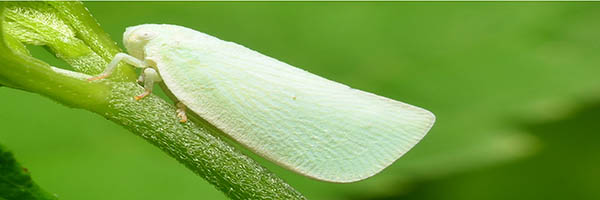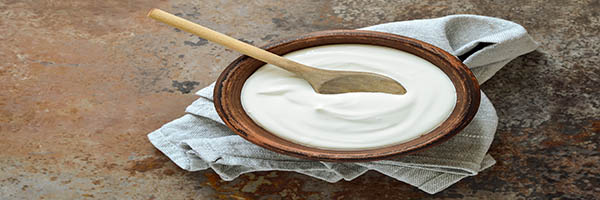11 October 2019
SCI's peer-reviewed journals provide research studies and commentary articles undertaken by top scientists in emerging areas, addressing global audiences by crossing academic, industrial, government and science policy sectors.
Here are some of the highlights from the most recent issues of our journals. To view the full range of SCI's journals, visit our Publications page!
Making rice resistant to planthoppers
Pest Management Science: doi: 10.1002/ps.5487
Controlling plant hoppers, one of the most destructive pests for rice, depends on understanding the molecules involved in resistance to planthoppers. Summarising the progress made in understanding these molecular players, this paper indicates that host-plant resistance is the most promising sustainable approach for controlling plant hoppers.
Yoghurt based on oat protein
Journal of the Science of Food and Agriculture doi: 10.1002/jsfa.9858
Plant protein is gaining increasing prominence as a food ingredient as populations transition toward healthier lifestyles. As a result, the food industry is developing functional foods and functional food ingredients which have positive effects on health and wellbeing. Yogurt is a well-known probiotic as are many fermented products. Oat protein has a favourable composition and provides valuable nutrients for human consumption. Oat protein in the form of an oat protein concentrate has been found to produce a yoghurt type product which is mildly sour with a certain amount of lactic acid and lactobacillus.
Tax credits firing up the US electricity sector for CCS
Greenhouse Gases Science and Technology: doi: 10.1002/ghg.1925
The US’ recently revised 45Q tax credits which will be provided for implementing carbon capture and storage (CCS) is motivating some US electricity generation companies to revisit strategies for CCS. Companies are considering alternative business models for implementing CCS. This study discusses these models and provides a ‘template’ for evaluating the cost-effectivness of CCS with Section 45Q tax credits.
Related Links:
- SCI's Publications
- Greenhouse Gases Science and Technology
- Journal of the Science of Food and Agriculture
- Pest Management Science



